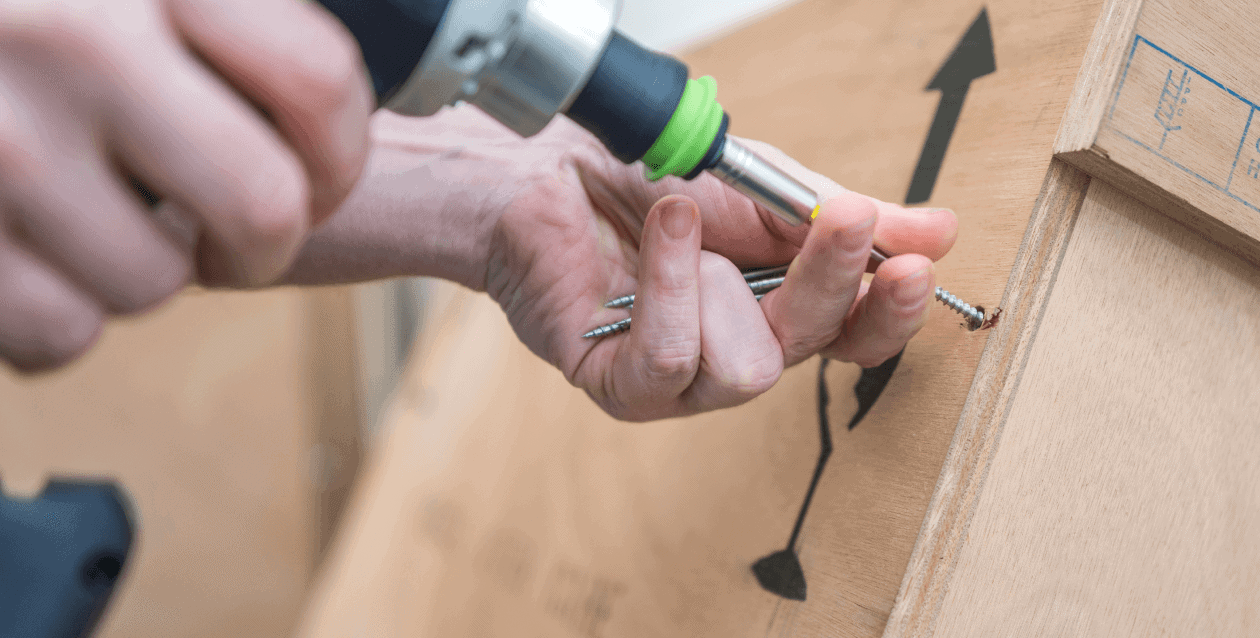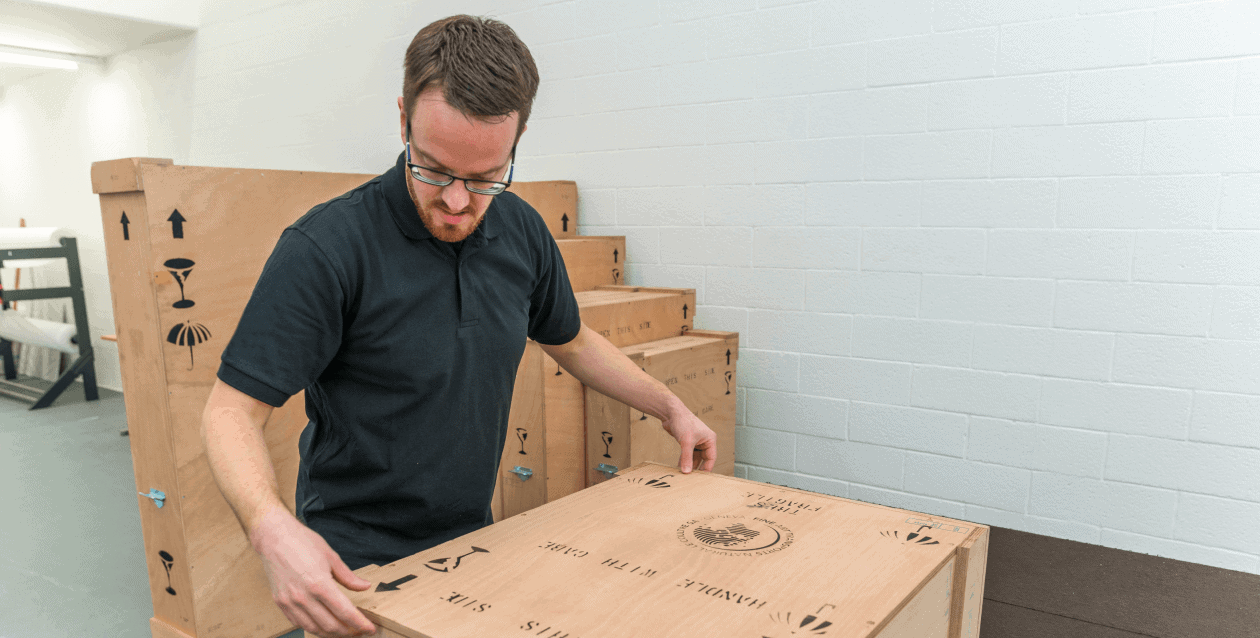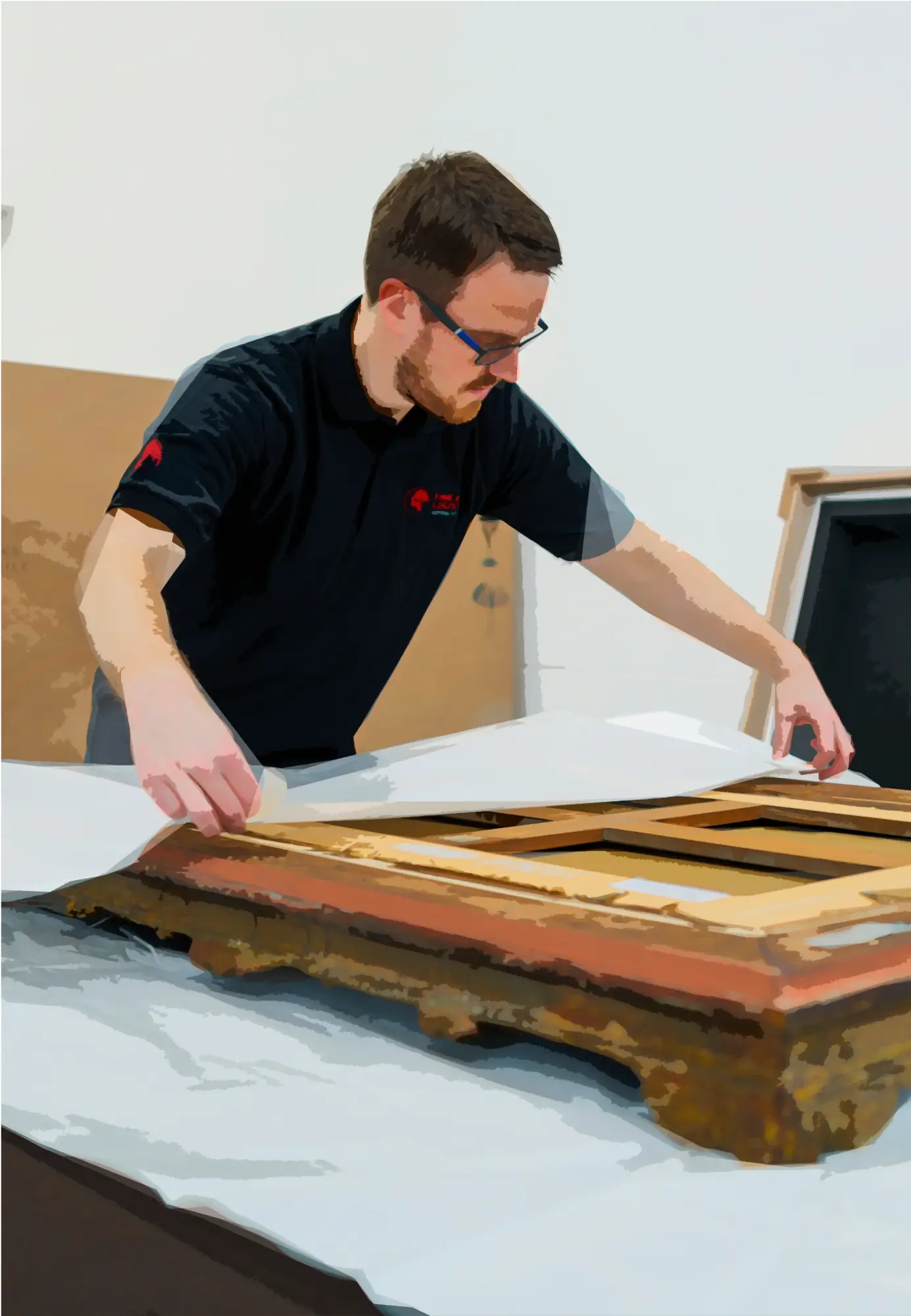Storing an art collection requires making informed decisions in order to find the professional fine art storage warehouse that will provide you with all the services necessary for your peace of mind.
Among the essential services we recommend that you pay particular attention to is the quality of service in terms of packaging works of art.
This skill is essential to apply a packaging perfectly adapted to the type of work to be stored.
What containers for long-term storage?
To make the right choice of packaging, it is necessary to account for the planned storage duration as one of the parameters likely to alter the work, together with the level of humidity, temperature variations, accidental exposure to light or even possible parasites.
It is also necessary to correctly assess the degree of fragility of the work, its typology and its current state of conservation to assign it the most appropriate type of packaging.
Custom packaging design generally relies on two categories of containers. The first category includes softpacks which have the particularity of being single-use. Wooden crates, usually reusable and custom-made, represent the second category.

When it is determined that the fragile object will be stored for a relatively long period of time, we usually recommend using a crate. In addition, this choice will have the advantage of being adapted to long-term storage as well as to specific problems related to transport.
Finally, the last choice regarding the type of packaging will take into account the financial or sentimental value of the work to move towards the most rational option in terms of costs.
Consider a double-crate for extra protection
A stored artwork can, moreover, be regularly moved to participate in different exhibitions. These objects will benefit from packaging in a double-crate.
As its name suggests, this type of packaging consists of an inner crate protecting the work of art and an outer crate as protection against external factors. The materials and the finish brought to this type of container are generally adapted according to the fragility of the work and the control of the parameters necessary for its good conservation.
Temperature and humidity sensors and materials aimed at reinforcing protection against possible shocks or reducing vibrations incurred during travel can, if necessary, be added to the final product.
It should be noted that the protective crates are insufficient in terms of protection against water infiltration. To counter this, it may be wise to add additional protection while ensuring that sufficient air circulation is maintained to preserve the artworks in the best conditions.
Finally, we regularly suggest adding secure closing systems to limit access to works of very high value to authorized persons only.
As you will have understood, the design of a crate to protect a work of art joining six sheets of wood together. It is more a matter of a preliminary reflection based on an analysis of the needs specific to each work, associated with a great know-how.
Use and composition of softpacks
The softpack is a less expensive solution that can be used for storage as well as for the transport of objects that are more resistant to shocks and atmospheric alterations.
Nevertheless, it remains important to take into account the storage and transport conditions of the work to provide it with adequate protection.
For example, a painting will need to have a foam or cardboard overwrap to properly protect the corners and parts of the artwork in contact with its storage medium or with the ground.

In addition, the softpack must be made of chemically neutral materials and in such a way that they are not in direct contact with the work. Indeed, there is a risk of altering it by material transfer. The use of a layer of silk paper or specialized plastic film can ensure this.





